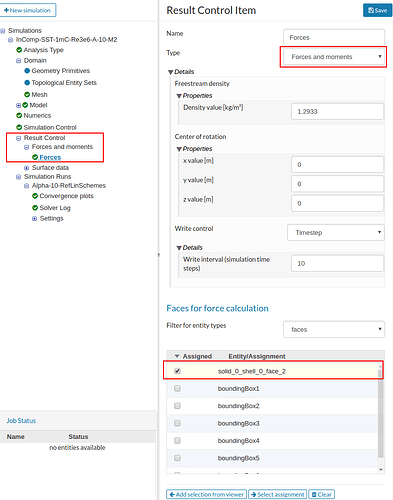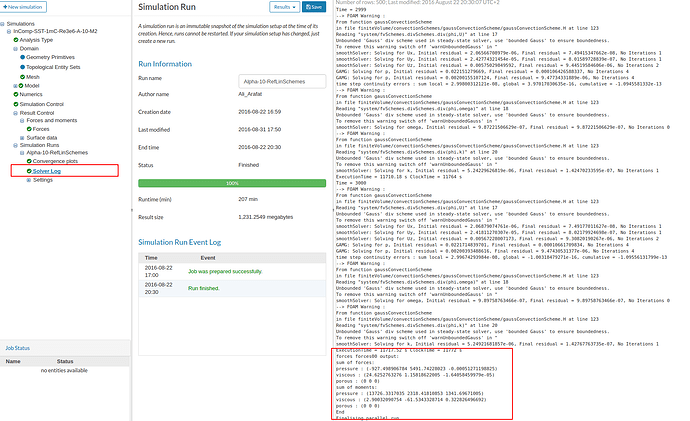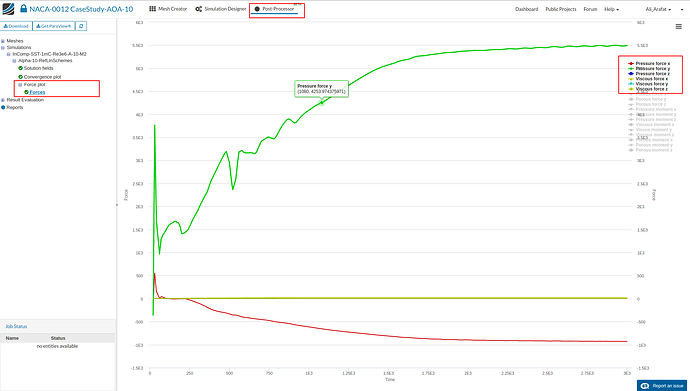Hi @gcanfield
You can actually calculate the forces on SimScale. you can add a Result Control Item (in simulation setup).
This will give you force output plots and you can also copy the values from the Log as shown below:
If you have the coefficients only, then you have to convert it manually based on the formulation. See link below.
Best,
Ali
3 Likes


